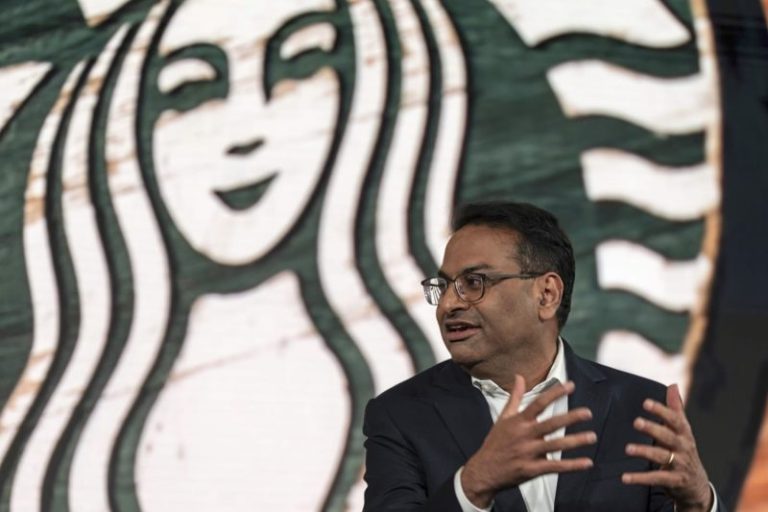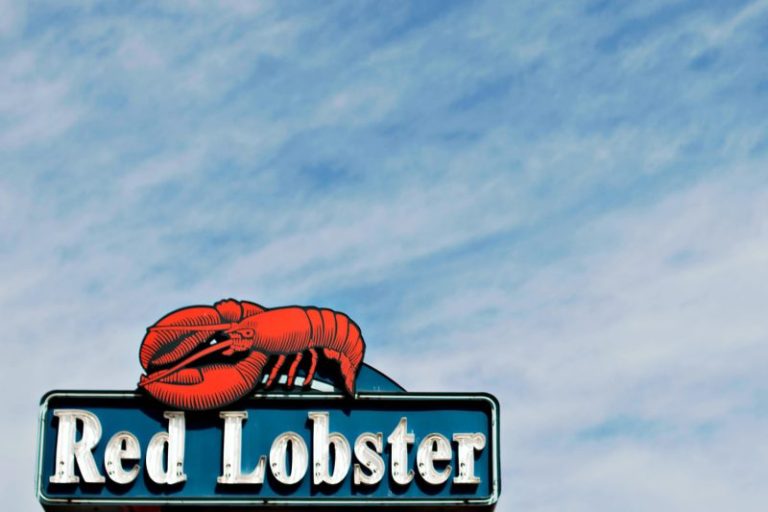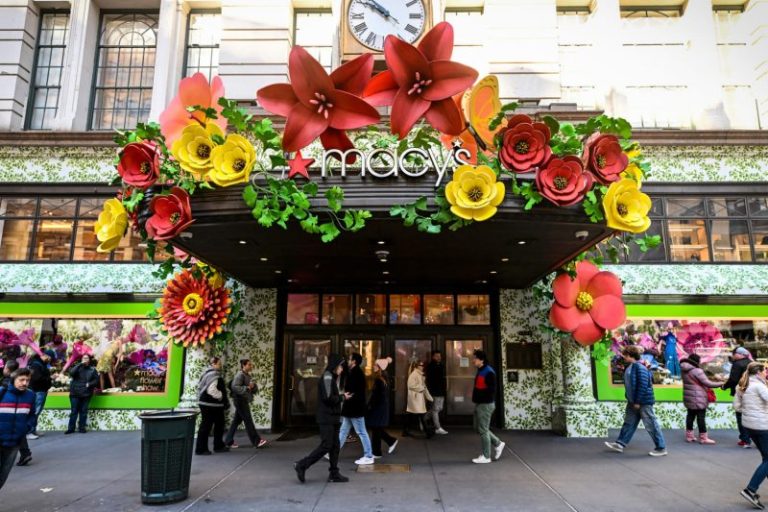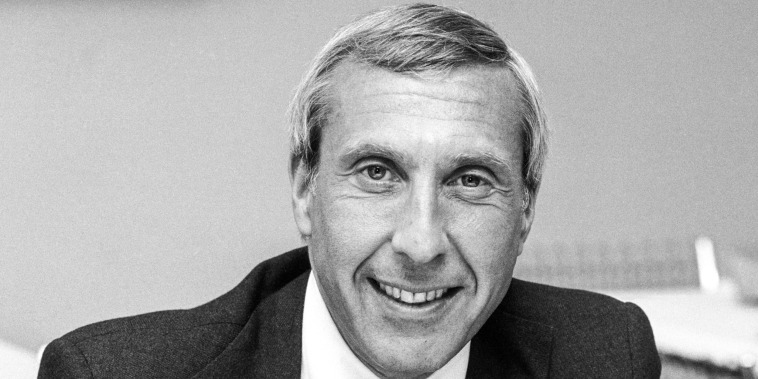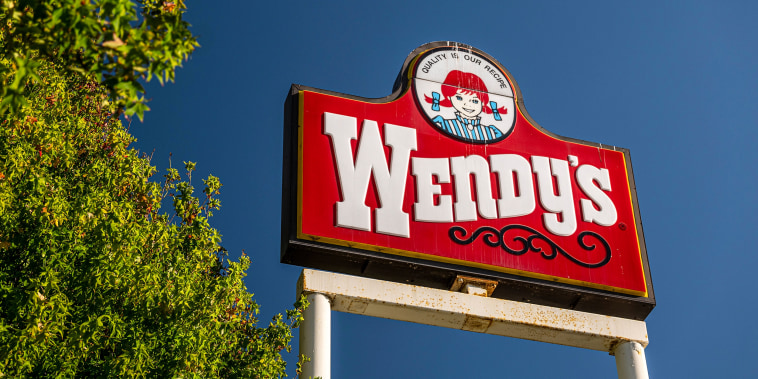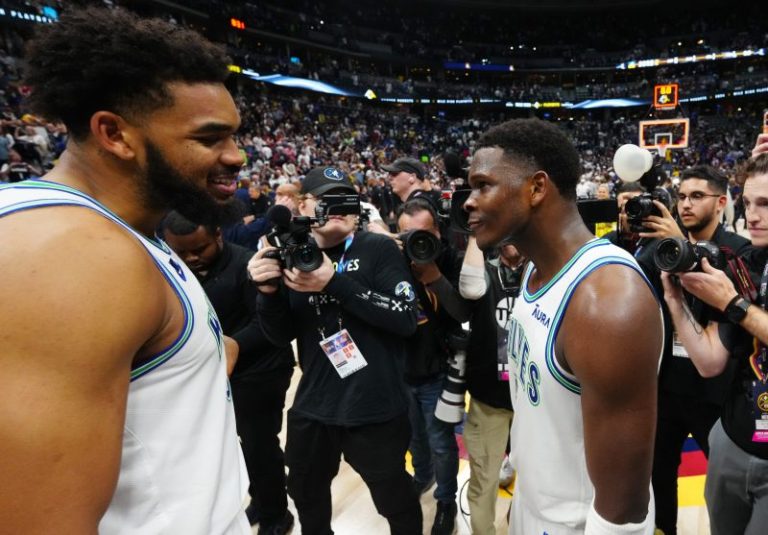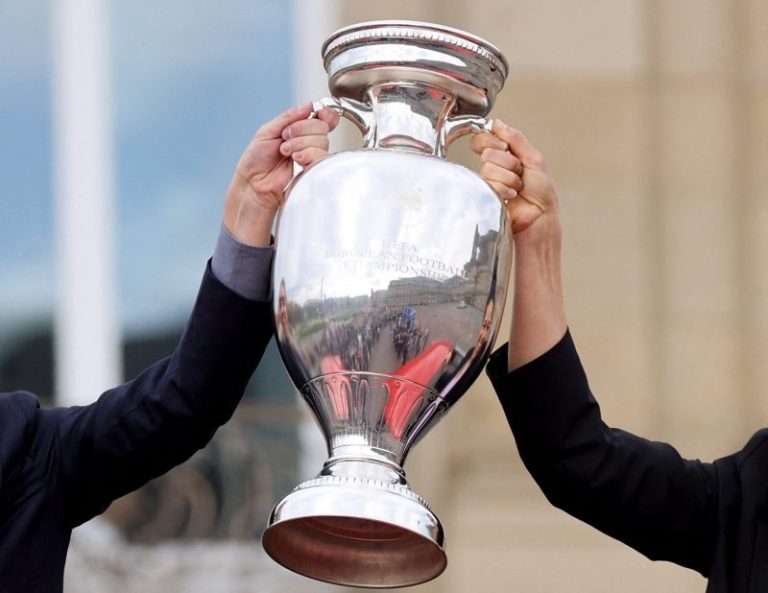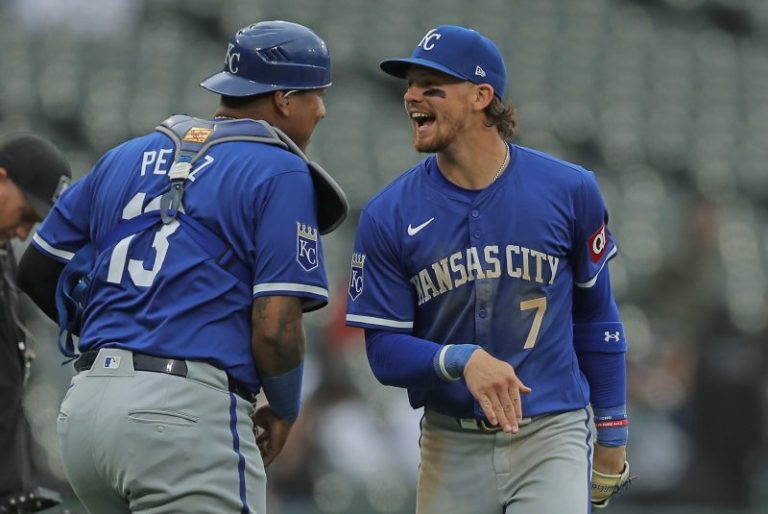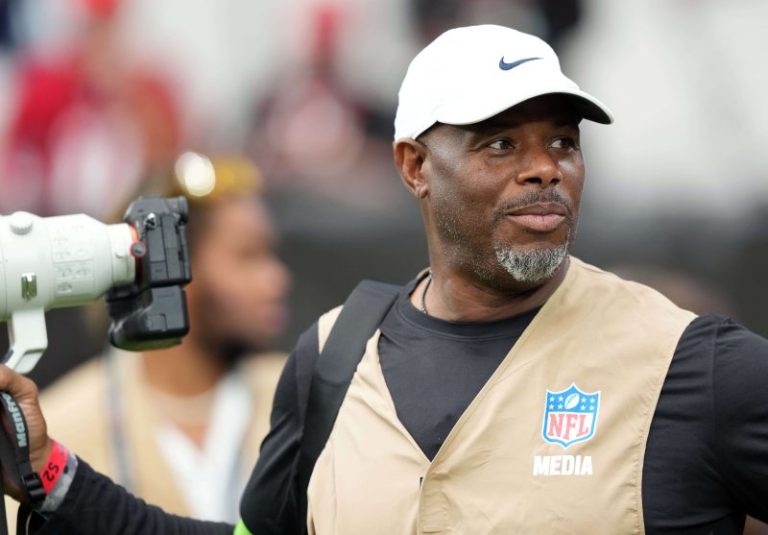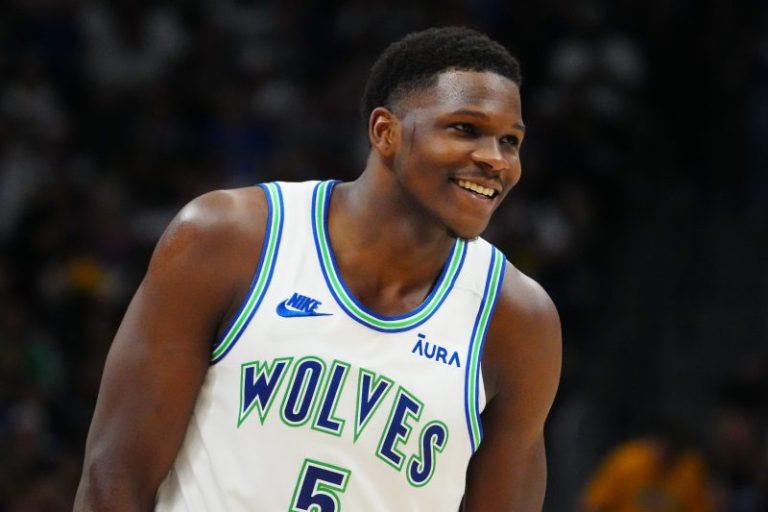With higher prices and elevated interest rates stubbornly sticking around, Chipotle burrito bowls and European vacations are still on the table for many consumers. But Big Macs and kitchen remodels aren’t.
The most recent round of quarterly earnings reports helped to sort companies into largely two camps: McDonald’s, Starbucks and Home Depot were among the consumer-centric companies that surprised investors with weaker-than-expected results, saying customers had pulled back their spending. Others, like Sweetgreen and Delta Air Lines, bucked the trend and reported growth.
The takeaway? Consumers have become more selective about how and where they spend their dollars.
“Consumers continue to be even more discriminating with every dollar that they spend as they faced elevated prices in their day-to-day spending,” McDonald’s CEO Chris Kempczinski said on the company’s conference call in late April.
For more than two years, consumers have dealt with sharply rising prices. This year, most companies expect that their pricing strategies will return to their pre-pandemic approaches, thanks to stabilizing commodity prices. But that doesn’t mean the actual prices seen on grocery store shelves or restaurant menus will fall, and shoppers are feeling that pinch.
The consumer price index rose 3.4% over the last 12 months through April, according to Department of Labor data. On Tuesday, a day before the monthly CPI report, Federal Reserve Chair Jerome Powell reiterated that inflation is falling more slowly than expected, which likely means the central bank won’t be cutting interest rates anytime soon.
Making matters worse, many consumers have run through the savings they accumulated during the pandemic when they were collecting stimulus checks in place of traveling. Instead, many are paying their everyday bills with credit cards as they face higher costs for gas, rent and groceries. The average consumer owes $6,218 on their credit cards, up 8.5% year over year, according to a TransUnion quarterly report out last week.
Aurelia Concepcion, 57, a case manager in New York, said she is planning only essential travel this year, drawing the line at visiting family in Georgia and Ohio.
“Everything is too high … taxis, rent.” Concepcion says she avoids restaurants: “It’s too expensive. I’d rather prepare my own food.”
Concepcion isn’t the only consumer changing spending habits. Executives have been warning about a more cautious spending environment for awhile. But it’s finally starting to show up in some companies’ quarterly results.
KFC, Pizza Hut and Starbucks were among the restaurant companies that reported declining same-store sales in the most recent quarter. Home Depot’s revenue was weaker than expected because potential customers are putting off renovations until interest rates fall, executives said. And Apple iPhone sales fell 10% in the tech company’s latest quarter, suggesting consumers weren’t upgrading to the latest version of the smartphone in the patterns that they have in the past.
“Some of the things that have seen the biggest run-up in prices over the last few years are items that confront people on a daily basis: the cost of eating out, the cost of groceries and the costs of fuel and gasoline and rents,” said Columbia Business School economics professor Brett House. “Regardless of whether inflation is slowing amongst those goods, even with lower inflation, prices remain very high, and people get a daily reminder of that.”
Big-box giant Walmart said last Thursday that shoppers are prioritizing buying food and health-related items over general merchandise, like home goods and electronics. The retailer has reported that trend for several quarters now. Finance chief John David Rainey told CNBC that Walmart’s grocery business has gotten a boost from the widening gap between restaurant prices and the cost of cooking at home.
Lower-income consumers are struggling more than other demographics. They couldn’t save as much during the pandemic, and evidence suggests that they’ve exhausted those savings, according to House. On top of that, rent prices have surged, and low-income consumers are more likely to rent than own.
PepsiCo, for one, particularly called out a weaker low-income consumer. The Gatorade owner saw volume for its North American beverage business fall 5% in the quarter.
“The lower-income consumer in the U.S. is stretched … [and] is strategizing a lot to make their budgets get to the end of the month,” CEO Ramon Laguarta told analysts on the company’s conference call in April.
Pepsi is leaning into promotions and discounts to lure back the low-income shopper. Other companies are similarly hoping deals will attract more customers. McDonald’s, king of the low-price fas-food segment, plans to start offering a $5 value meal on June 25.
While some CEOs have said that consumers are growing more cautious, others — like those in the airline industry — have celebrated strong and persistent spending.
“Consumers continue to prioritize travel as a discretionary investment in themselves,” Ed Bastian, CEO of Delta Air Lines, the most profitable U.S. carrier, said in an interview in April.
Delta and its rival United last month each forecast earnings ahead of analysts’ estimates for the second quarter. Both carriers offer sprawling global networks and have benefited from a rebound in international travel in the wake of the pandemic, particularly to Europe and popular destinations in Asia for U.S. travelers like Japan. Both carriers have predicted record summer travel demand.
Those airline trends align with a broader consumer shift that started after pandemic lockdowns: spending more money on experiences rather than apparel or electronics.
“We’re still spending disproportionately on activities and services rather than on goods,” House said.
Delta and United are also capitalizing on travelers who have been willing to pay up for more expensive seats, like first class or premium economy. U.S. airlines have been racing to add more high-priced seating to their planes and grow lounges for top spenders. Inflation hasn’t hurt high-income consumers as much as it has the budget-conscious, giving them more room to spend.
Higher-income consumers have also bolstered fast-casual restaurant chains, like Chipotle, that come in at a slightly higher price point than the cheapest options. The burrito chain’s same-store sales grew 7% during the first quarter, fueled by a 5.4% increase in foot traffic. Chipotle has a strong perception of value among diners, CEO Brian Niccol said on the company’s conference call. Executives have also previously emphasized that most of its customers come from higher-income brackets.
Even Walmart have been attracting consumers with deeper pockets. As customers pay more for groceries, the discounter has attracted more affluent customers and stolen market share from rivals like Target, which has historically been more popular with wealthier shoppers. The company also credited its remodeled stores and expanded merchandise on its website for appealing to households that have a more than $100,000 annual income.
Target is schedule to report its quarterly earnings on Wednesday.
Not all companies with higher-income customer bases have seen the same strong demand, however. Corporate misfires can also lead to disappointing sales, even if their shoppers aren’t necessarily pulling back on their spending.
For example, athleisure brand Lululemon’s U.S. sales lagged in its most recent quarter, which CEO Calvin McDonald attributed in part to a shortage in key product sizes and not enough colorful items.
Then there’s Starbucks, which has always positioned itself as a premium coffee brand. The coffee giant announced a surprise decline in its U.S. same-store sales and lowered its full-year forecast, sending its shares tumbling. While CEO Laxman Narasimhan gave a laundry list of factors explaining the weak quarter, including a more value-minded consumer, Bank of America analyst Sara Senatore wrote in a research note that a social media boycott might still be the primary culprit.
And Peloton’s latest report was the latest in a string of disappointing results for the company. Earlier this month, the pandemic darling fired its chief executive and announced plans to lay off 15% of its staff as fewer consumers bought its pricey equipment or its much cheaper fitness subscriptions in its latest fiscal quarter.
“With the economic outlook for consumers unlikely to improve across the balance of this year, Peloton’s trajectory on the product front is unlikely to change course … But worryingly, app subscriptions are also under pressure — most likely because consumers are reviewing their expenses more carefully as they suffer from subscription fatigue,” GlobalData managing director Neil Saunders said in emailed comments.

